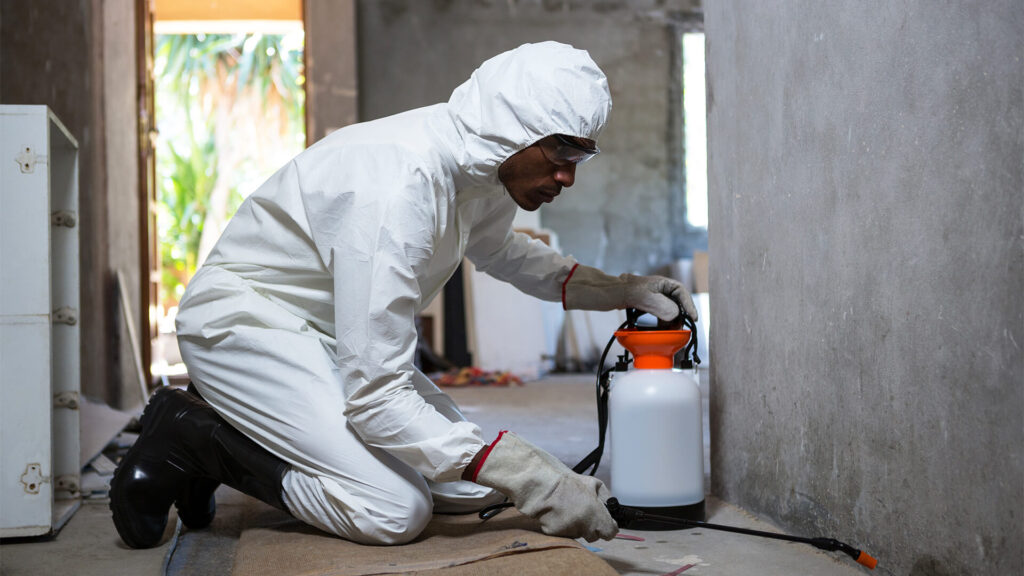Modern Pest-Control Techniques to Consider
Modern pest-control techniques have evolved significantly over the years, moving away from traditional and often harmful methods towards more sustainable and effective approaches. These advancements in pest control aim to minimize environmental impact protect human health and preserve biodiversity. Here, we explore some of the key modern pest-control techniques that are revolutionizing the industry.
- Integrated Pest Management (IPM): IPM is a holistic approach that combines various pest-control strategies to effectively manage pests while minimizing the use of chemicals. It involves careful monitoring, identification of pests and assessing the potential risks. IPM techniques include the use of natural predators, trapping, biological controls, crop rotation and targeted pesticide application, only as a last resort.

- Biological Controls: This technique involves introducing natural enemies or predators to control pest populations. For example, ladybugs are released to combat aphids in gardens or certain bacteria are used to target specific pests. By utilizing the natural balance of ecosystems, biological controls offer an environmentally friendly and sustainable solution.
- Pheromone Traps: Pheromones are chemicals emitted by insects to communicate with each other. Pheromone traps utilize synthetic versions of these chemicals to lure pests into traps, disrupting their mating patterns and reducing their population. Pheromone traps are commonly used in agricultural settings to monitor and control insect populations without the need for chemical pesticides.
- Genetic Pest Control: Genetic techniques are being explored as a means to control pests. One example is the Sterile Insect Technique (SIT), where male insects are sterilized through radiation and released into the wild. When these sterile males mate with wild females, no offspring are produced, gradually reducing the pest population.
- Trap Crops and Barrier Systems: Trap crops involve planting attractive crops near the main crop to divert pests away from the primary target. This helps protect the valuable crops while providing an alternative food source for pests. Barrier systems, such as physical barriers or insect-proof nets, prevent pests from reaching the crops, reducing the need for chemical treatments.
- Targeted Pesticide Application: Instead of blanket pesticide application, modern techniques focus on targeted application using precision equipment. This ensures that pesticides are applied only where needed, minimizing environmental contamination and reducing the potential for unintended harm to beneficial organisms and check this out https://goawaypestcontrol.com/pest-control/.
- Digital Solutions: The advent of technology has brought about innovative pest-control solutions. Automated monitoring systems, remote sensors and data analytics are used to detect pest activity in real-time, allowing for timely intervention and targeted control measures. This data-driven approach enables more efficient and effective pest management.
Modern pest-control techniques prioritize sustainability, long-term effectiveness and environmental protection. By adopting these methods, we can manage pest populations while minimizing the reliance on harmful chemicals, reducing the impact on ecosystems and promoting a healthier coexistence with nature.
